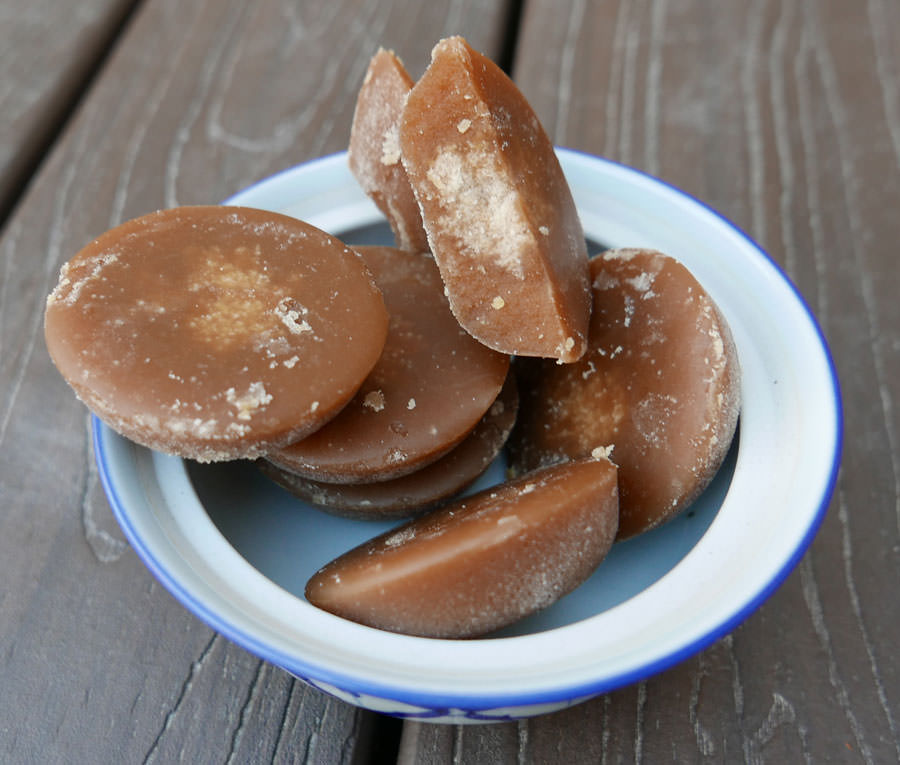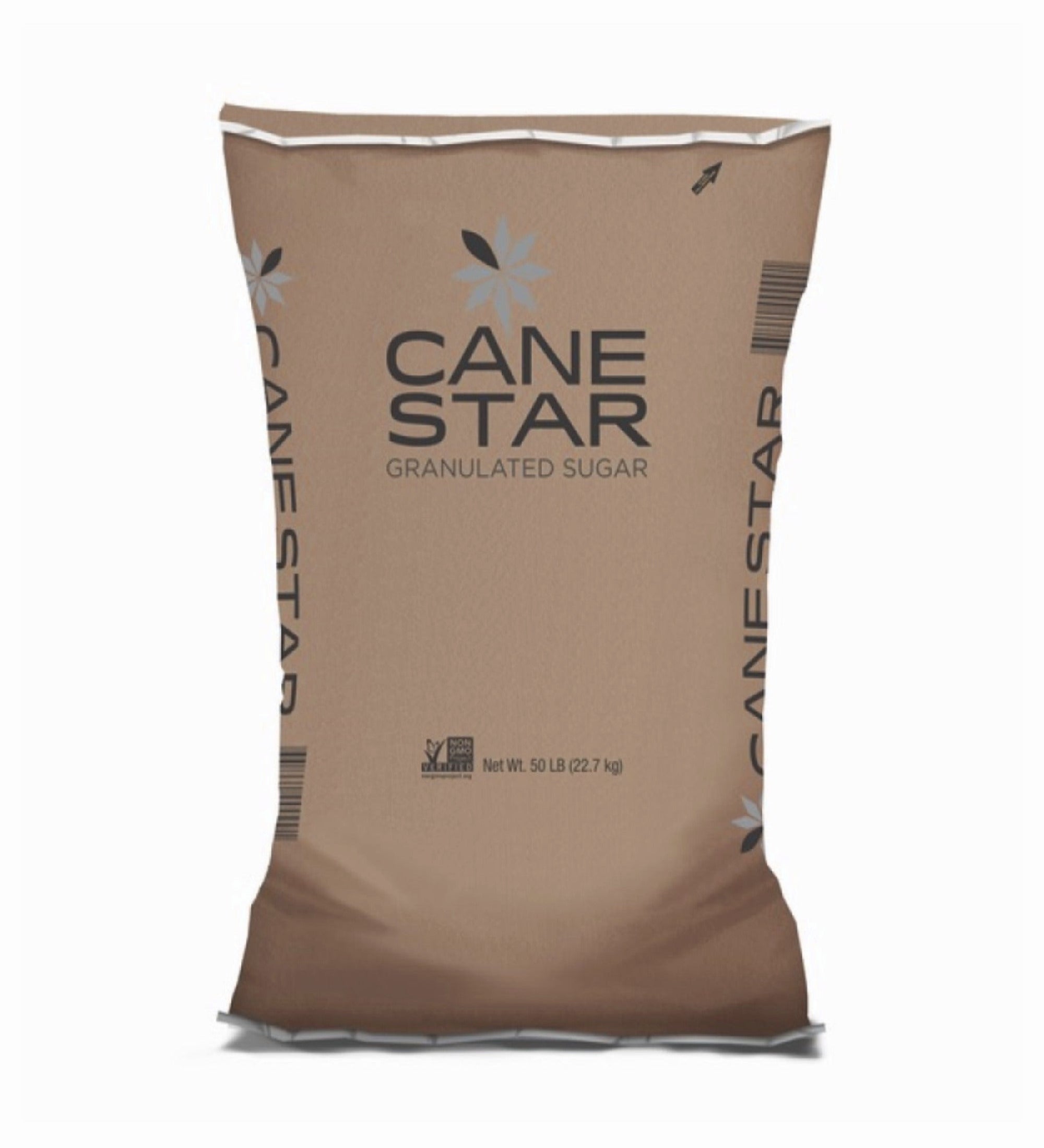Cane Sugar Processing: Key Technologies for Superior Sugar Production
Comprehending the Important Methods and Technologies Utilized in Modern Cane Sugar Handling
The evolution of walking cane sugar handling has been substantially shaped by the integration of innovative techniques and innovations that address both efficiency and sustainability. As we discover these crucial improvements, it becomes vital to check out how they not only enhance manufacturing but additionally align with wider market fads and customer needs, increasing inquiries about the future of sugar handling and its implications for global markets.
Historic Context of Walking Cane Sugar Processing
The historic context of walking stick sugar processing reveals an abundant tapestry of farming advancement and social exchange that has actually shaped its development over centuries. The procedure of extracting and fine-tuning sugar gained momentum in India, where techniques for condensation were developed around the Sixth century.

Advanced Extraction Strategies
Performance in cane sugar removal has seen substantial improvements, driven by the need for greater returns and lower production expenses. Traditional techniques have actually evolved, providing means to innovative innovations that boost the efficacy of the removal procedure. One notable improvement is the usage of enzyme-assisted extraction, where specific enzymes break down cell wall surfaces and launch more sucrose from the walking cane fibers. This technique not just increases sugar yield but additionally decreases the power needed for processing.
In addition, the fostering of membrane filtration modern technologies, such as nanofiltration and turn around osmosis, has reinvented the separation of sugar from contaminations. These methods permit for the careful permeation of sugar particles while keeping bigger contaminants, enhancing the extraction procedure and minimizing waste.
Furthermore, the assimilation of continuous removal systems has brought about boosted operational effectiveness. Cane Sugar Processing. These systems preserve a consistent flow of cane product, making certain optimal extraction problems and reducing downtime associated with batch handling
Ingenious Refining Technologies
Refining techniques in walking cane sugar handling have actually undertaken a transformative change, driven by the need for greater purity and improved item top quality. Among the most notable innovations is the adoption of membrane purification innovations, such as ultrafiltration and nanofiltration. These processes properly remove contaminations and colorants without the requirement for considerable chemical treatments, therefore protecting the sugar's all-natural flavor and boosting its appeal.
One more significant innovation is making use of ion exchange materials, which enable careful elimination of undesirable ions from sugar services. This modern technology not only boosts the total purity of the last item but likewise adds to lowered waste and environmental effect.
In link addition, developments in adsorption strategies, utilizing triggered carbon and various other sophisticated materials, have actually confirmed effective in decolorizing sugar options while maintaining optimal top quality. The assimilation of these innovative refining innovations makes certain that producers can create refined sugar with exceptional quality and taste, satisfying the evolving preferences of customers.
Automation and Control Systems
Current developments in refining technologies have actually led the way for substantial improvements in automation and control systems within walking cane sugar handling centers. These systems utilize innovative software program and hardware to boost operational effectiveness, decrease human error, and make sure consistent item quality.
Modern automation integrates numerous elements, including sensing units, actuators, and programmable logic controllers (PLCs), making it possible for real-time tracking and control of crucial processes. For example, flow, stress, and temperature level prices can be specifically controlled throughout removal, information, and formation stages, maximizing performance and reducing waste.
Moreover, progressed data analytics and artificial intelligence formulas play an essential duty in anticipating maintenance, permitting operators to prepare for tools failures prior to they happen. This proactive technique not only decreases downtime but likewise extends the life-span of equipment.
In enhancement, automation promotes the implementation of Sector 4.0 principles, equipping sugar mills to achieve better connectivity and information exchange across processes. Because of this, decision-making comes to be more dexterous and that site educated, inevitably improving the total competitiveness of walking cane sugar production. With these advancements, the sector is well-positioned to satisfy growing global needs while preserving operational quality.
Sustainability Practices in Sugar Manufacturing
Sustainability techniques in sugar manufacturing have actually come to be progressively vital as the market seeks to balance financial stability with environmental responsibility. As customer understanding expands relating to the environmental impacts of farming practices, sugar producers are embracing ingenious approaches to reduce their environmental impact.
One substantial method is the application of accuracy agriculture methods, which use information analytics to optimize resource usage, such as this post water and plant foods. This reduces waste and reduces the influence on neighborhood environments. Furthermore, numerous producers are transitioning to sustainable power sources, such as biomass from sugarcane by-products, to power their procedures, therefore decreasing reliance on nonrenewable fuel sources.
Water monitoring techniques are additionally essential; rainwater harvesting and reliable watering systems help alleviate water deficiency issues. Cane Sugar Processing. Furthermore, incorporated bug monitoring strategies reduce chemical usage, promoting biodiversity and soil health
Corporate social responsibility efforts are emerging, with companies investing in regional neighborhoods and making sure fair labor methods. By accepting these sustainability practices, the sugar industry not only boosts its reputation but additionally adds to an extra lasting farming landscape, leading the way for future generations.

Final Thought
In summary, modern-day walking stick sugar processing incorporates a variety of sophisticated techniques and innovations that considerably improve return, sustainability, and performance. The fostering of cutting-edge removal and refining approaches, together with automation and control systems, promotes boosted functional efficiency and item high quality. In addition, the focus on lasting methods emphasizes a dedication to decreasing ecological influence and advertising ethical production. Collectively, these improvements place the walking stick sugar market to fulfill contemporary demands while attending to critical worldwide challenges.
The development of walking cane sugar processing has actually been considerably formed by the integration of sophisticated techniques and technologies that attend to both efficiency and sustainability.The historical context of cane sugar processing reveals a rich tapestry of agricultural advancement and social exchange that has actually shaped its advancement over centuries. Developments in milling and refining arised, laying the foundation for modern cane sugar handling.Refining strategies in cane sugar processing have undergone a transformative change, driven by the demand for greater purity and improved product high quality.In recap, contemporary cane sugar handling integrates an array of sophisticated techniques and innovations that considerably boost yield, effectiveness, and sustainability.